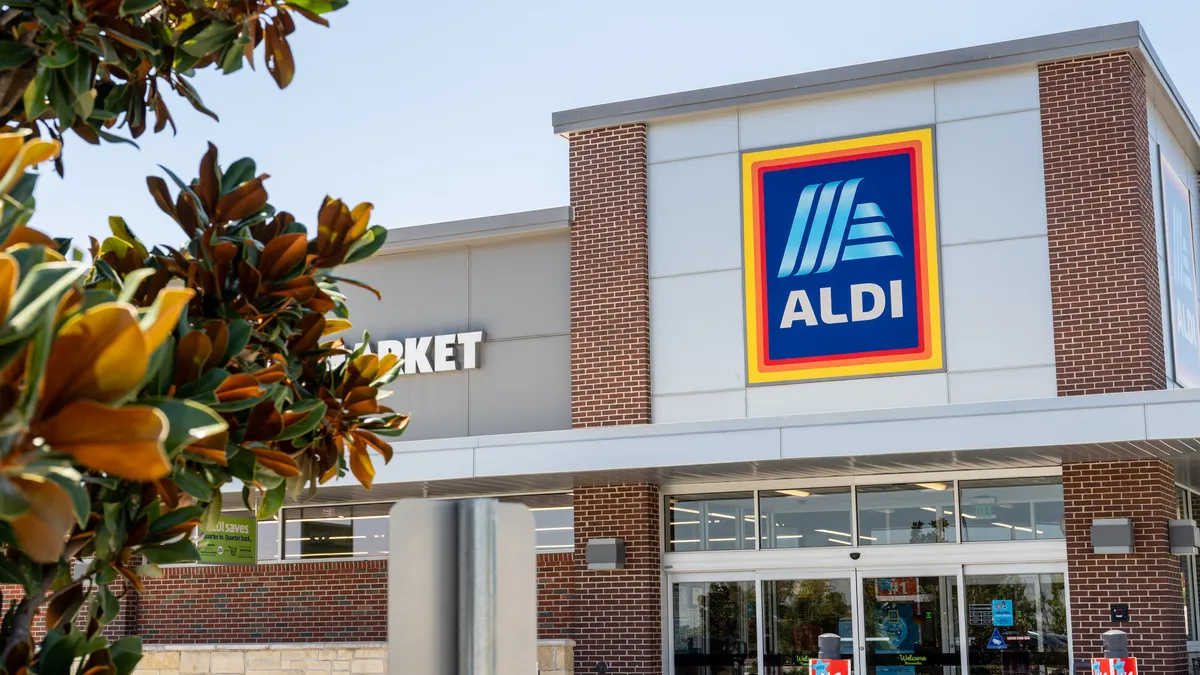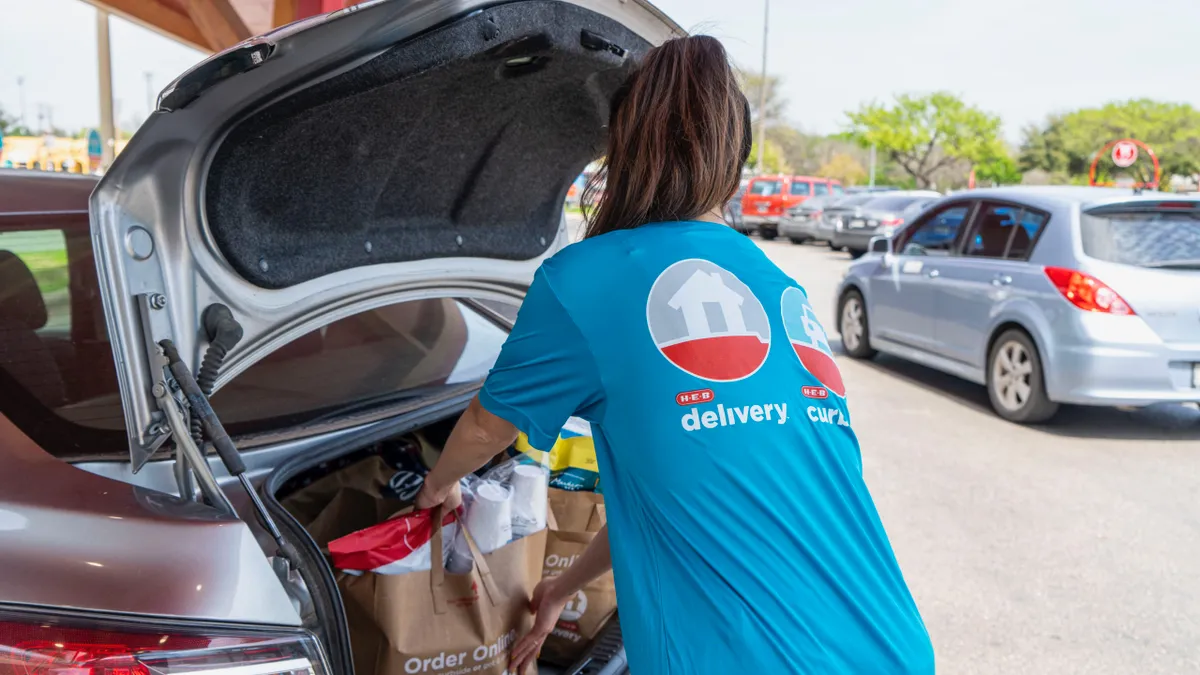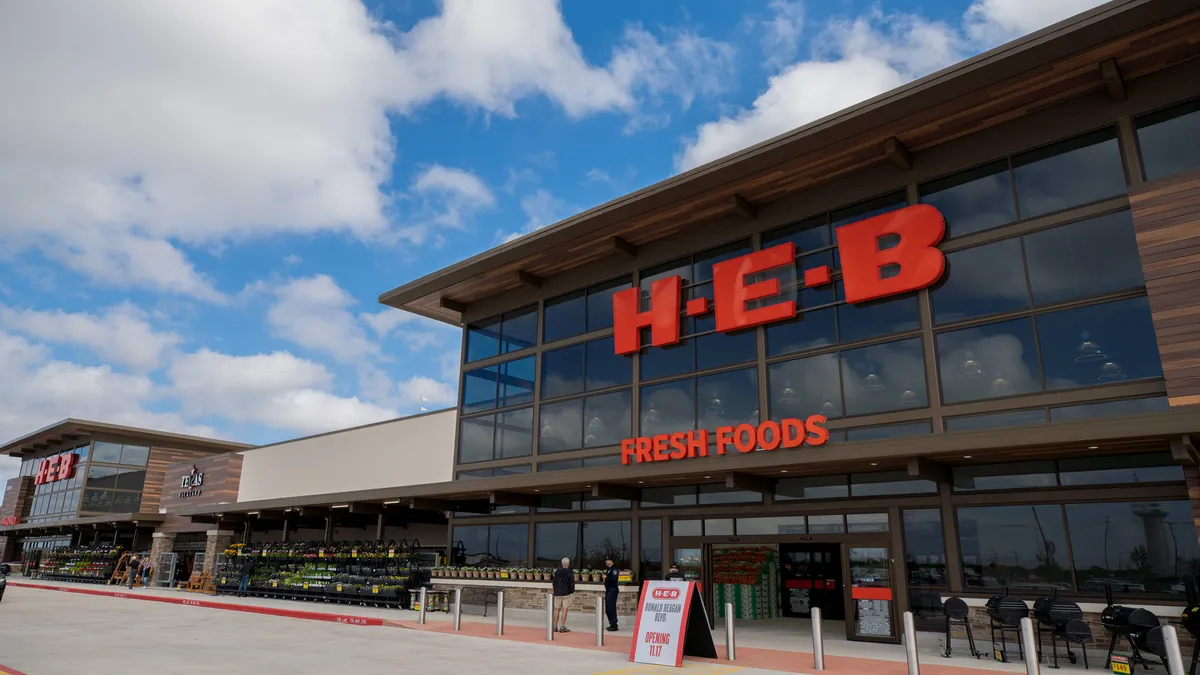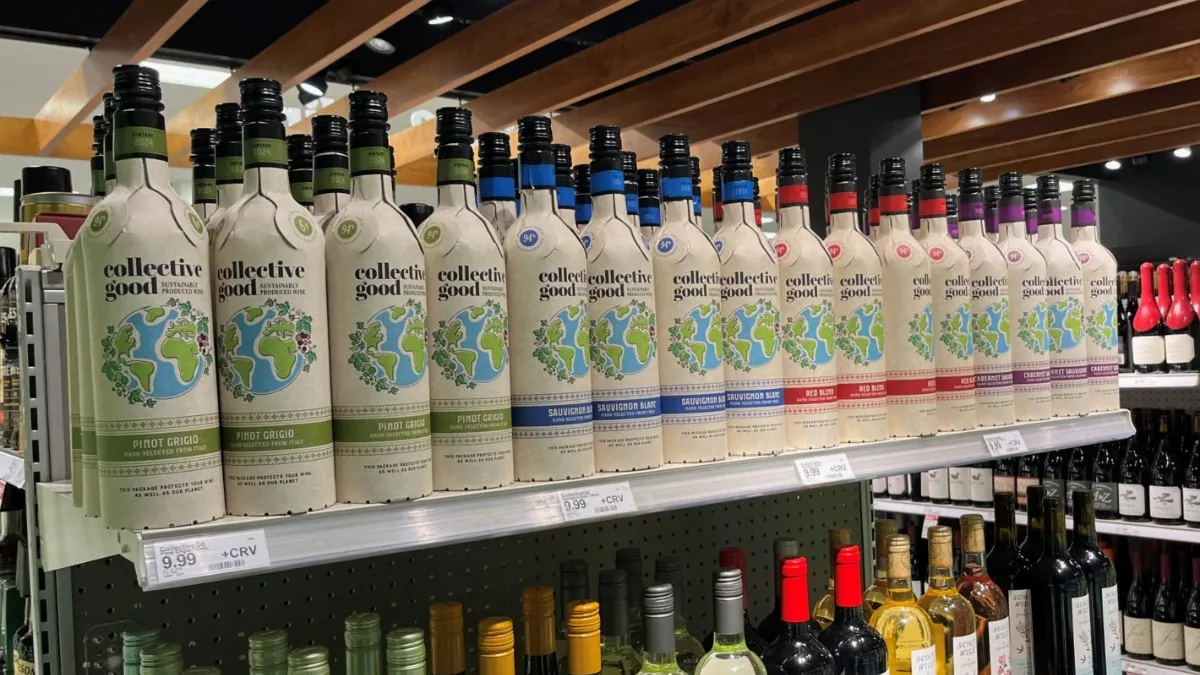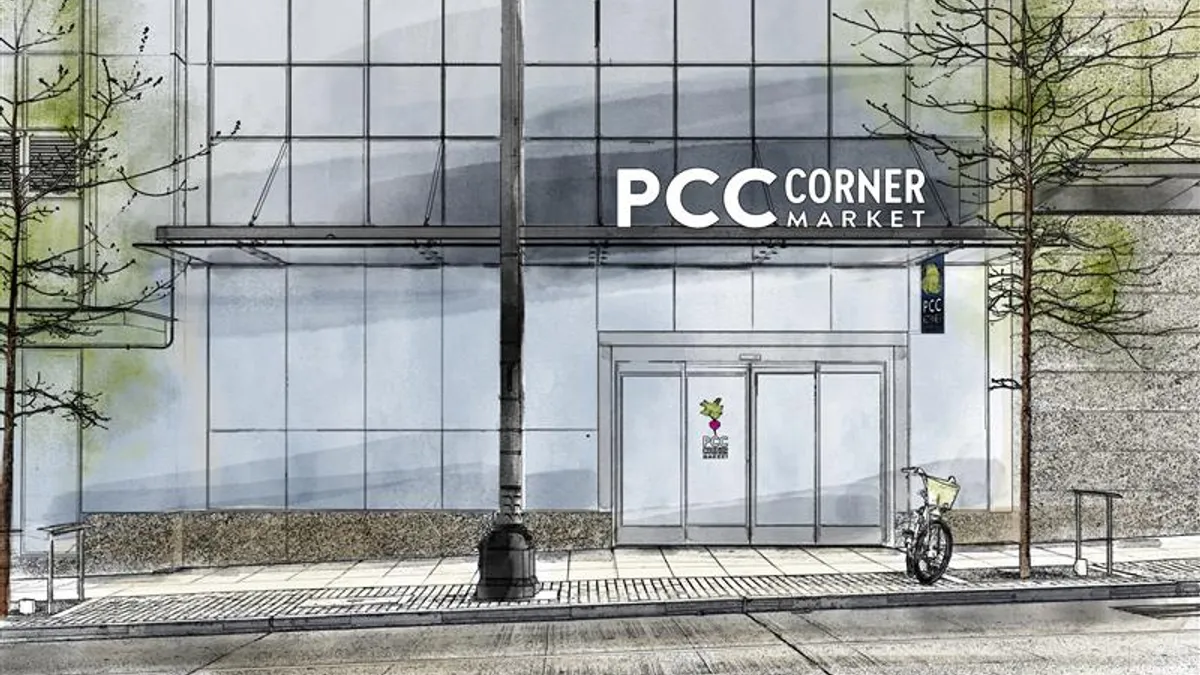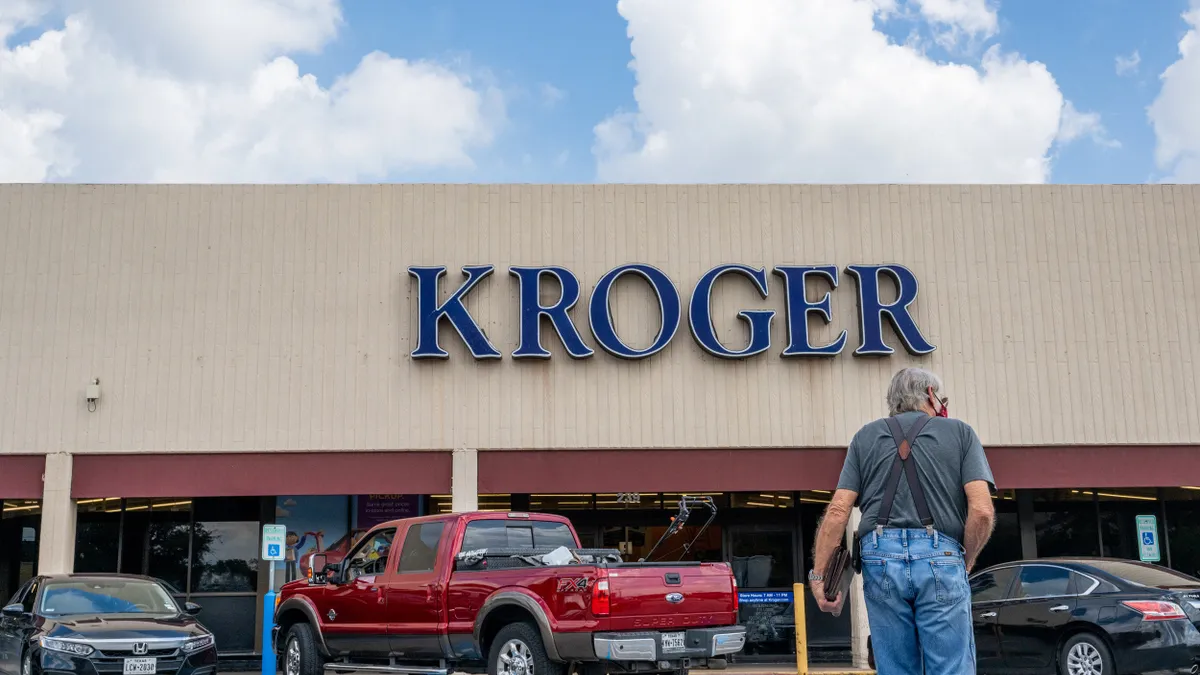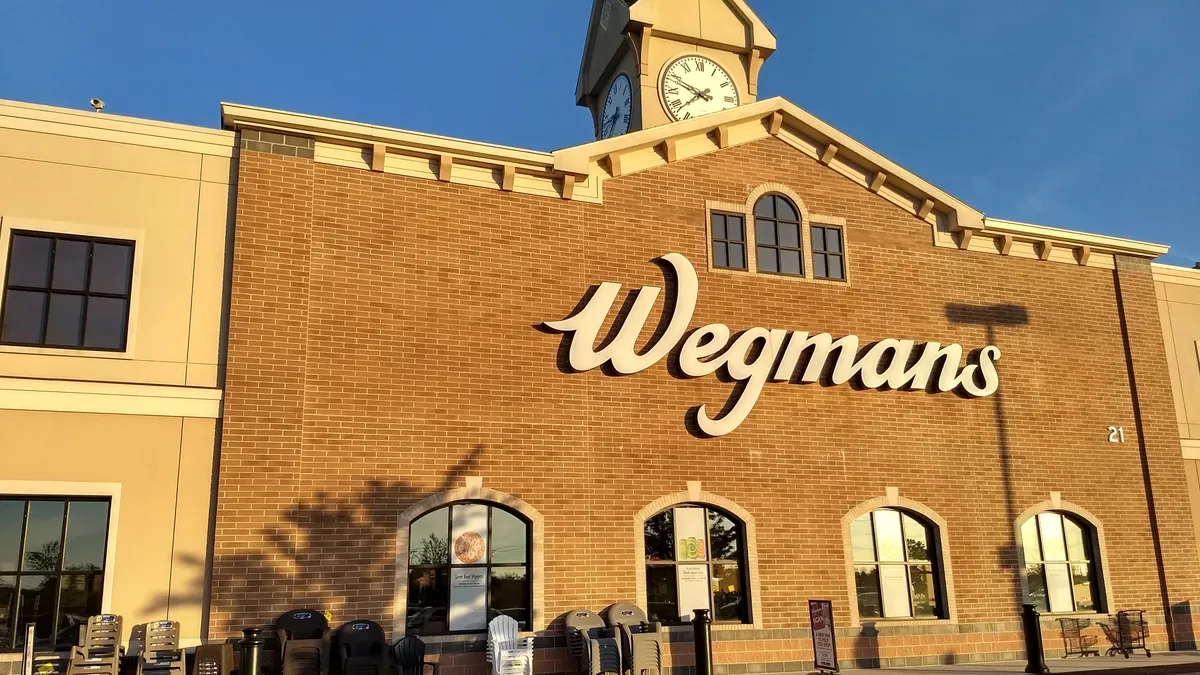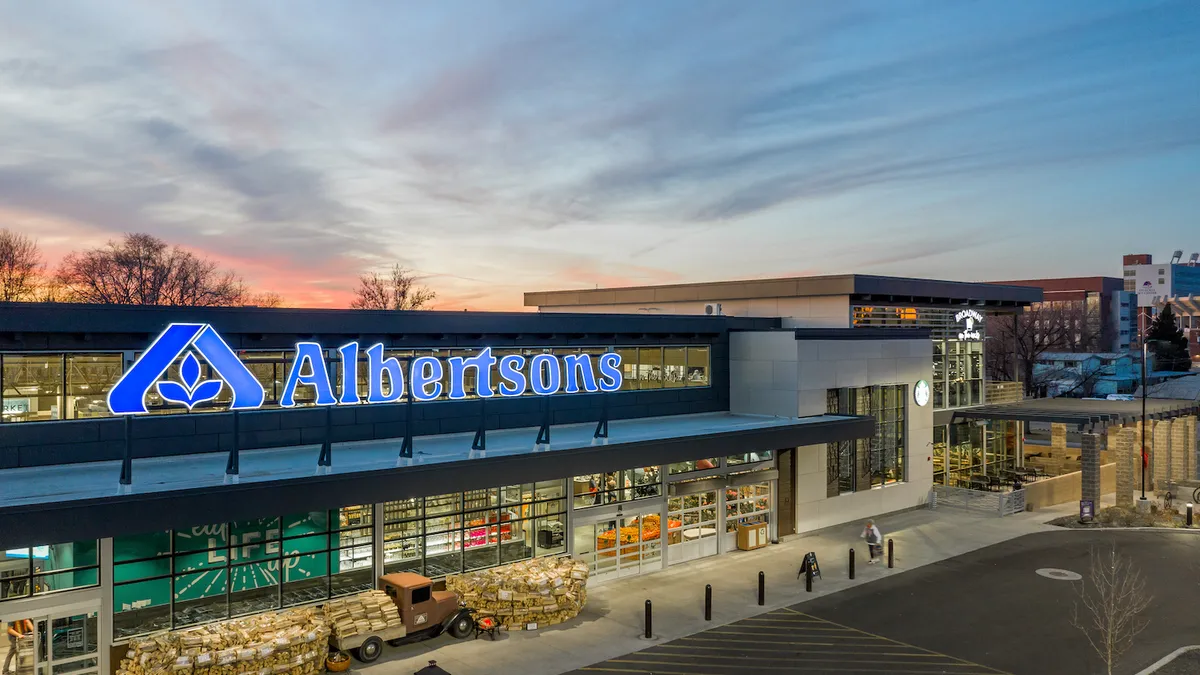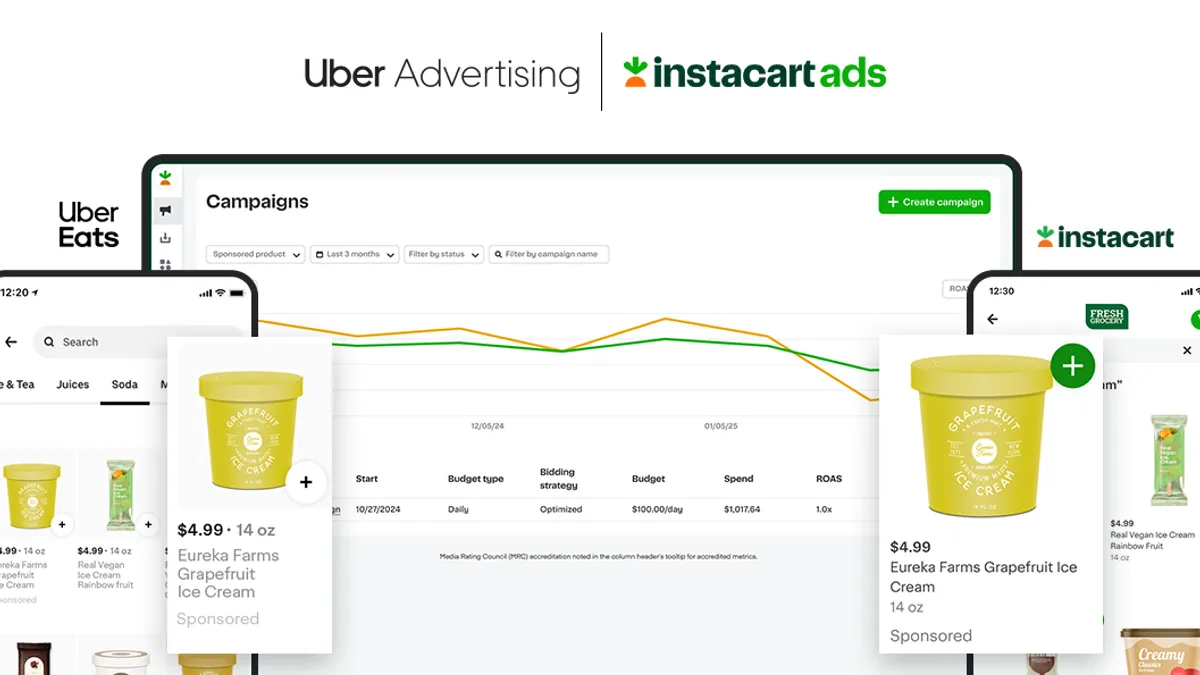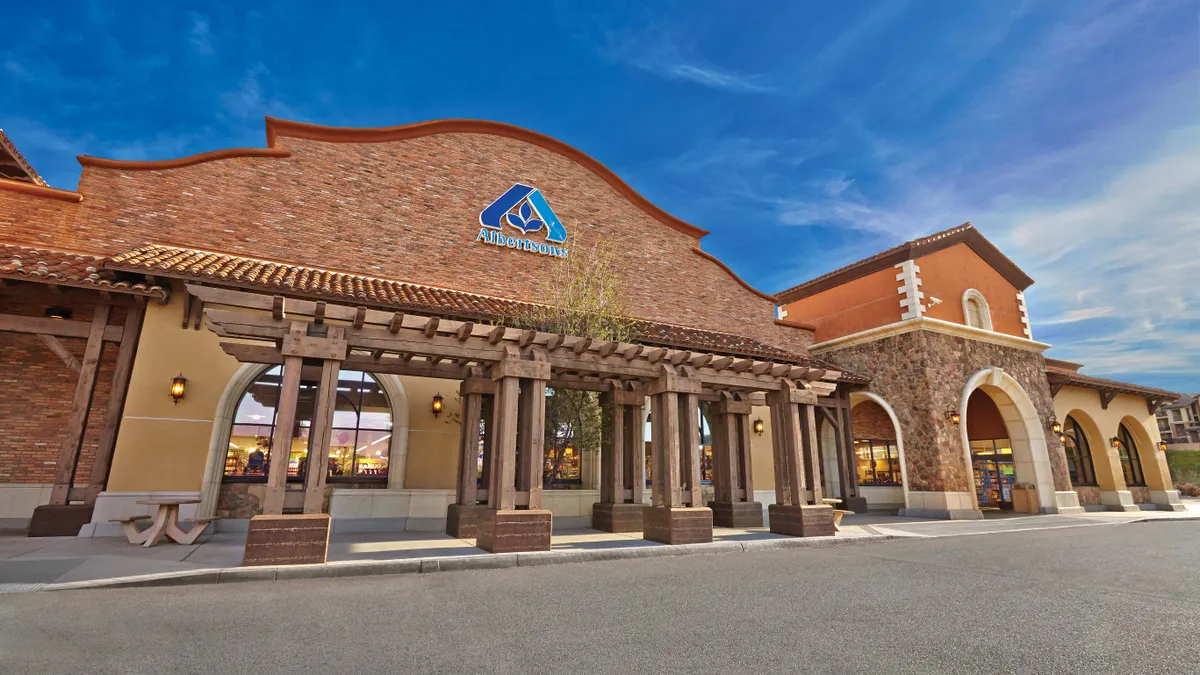Pardon the Disruption is a column that looks at the forces shaping food retail.
Aldi has always had a reputation for being efficient. But I was reminded last week of two other key facts about the discount grocer: It’s also highly adaptable and very good at promoting itself.
Last Friday, the company announced it had sold off Southeastern Grocers, including the Winn-Dixie and Harveys Supermarket brands, along with nearly 200 stores it acquired last year to a consortium of investors led by C&S Wholesale Grocers and Anthony Hucker, the current president and CEO of Southeastern Grocers.
On the one hand, it’s odd that a company would quickly offload such a large chunk of an acquisition; the deal Aldi struck involves just over 40% of the stores it picked up. But Aldi never claimed it was going to convert all the Winn-Dixie and Harveys stores it bought to Aldi locations. And it probably wasn’t realistic to expect Aldi to own full-fledged supermarkets — which look and run so differently from its small, limited-assortment stores — over a long period of time.
Instead, it seems Aldi sized up the opportunity, learned a little about what makes its supermarket competitors tick, then picked some prime locations to convert and turned the keys back over to people who are willing to run large food stores. Aldi may be growing its store fleet faster than any other grocer right now, but this move shows the company also wants to stay focused on its brand and core store model as it grows.
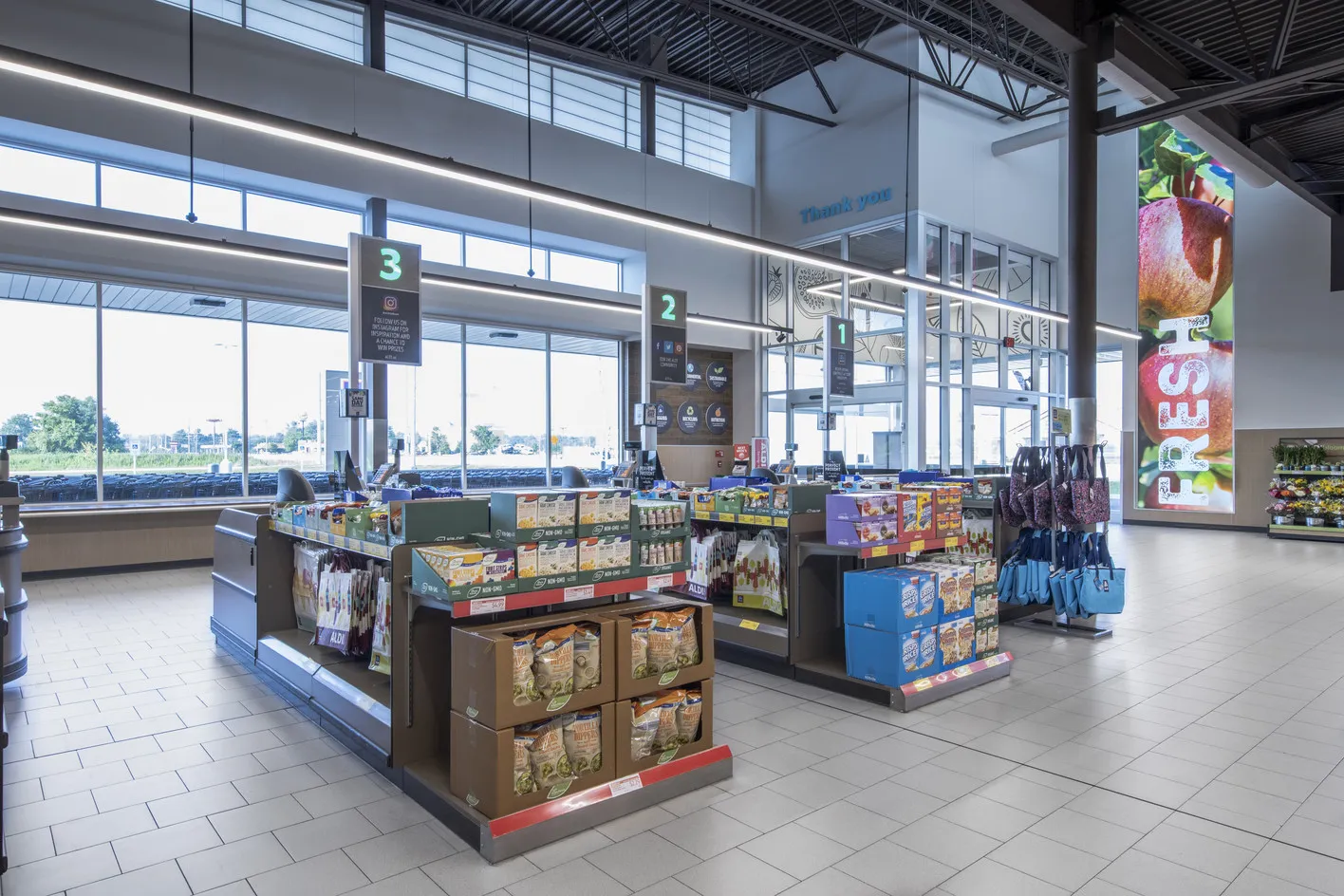
The way Aldi announced the deal is notable, too. Simply telling everyone that it had sold off 170 stores wasn’t positive or forward-looking enough for the discounter, which now promotes itself as America’s third-largest grocer. So it rolled the news into a press announcement trumpeting its plan to open more than 225 stores this year in the U.S. — a record annual pace for the company.
That planned store-opening number is double the number of stores Aldi opened last year. But keep in mind that 100 of the openings set for 2025 will be converted locations acquired from Southeastern Grocers, according to the announcement.
Indeed, Aldi has been using its landmark acquisition to juice its store growth projections, which is a smart way to build its image as an unstoppable force. Last year, Aldi announced that the completed deal with Southeastern Grocers would help fuel more than 800 store openings by the end of 2028. That’s an eye-popping number, but it was also Aldi taking a second bite of the promotional apple.
Parlor tricks aside, Aldi is growing at a breakneck pace in the U.S. The message to consumers and to the grocery industry is this: It’s our time now.
If there was ever a time for a compelling discount grocery shopping experience, this is it. Consumers are still dissatisfied with what they perceive to be high prices at their local stores. Egg prices are especially high and availability low thanks to the continuing spread of bird flu. And all this sticker shock will likely worsen if the Trump administration carries through on its promises to implement sweeping tariffs on Canada and Mexico.
But Aldi isn’t just benefiting from the macroeconomic climate. It’s also capitalizing thanks to a multiyear and multibillion-dollar campaign that started before the pandemic to elevate its stores and bring them into alignment with the experience people are accustomed to at modern supermarket chains.
The results are on display at new stores like the one Aldi just opened in Washington, D.C. That location, which my colleague Catherine Douglas Moran recently visited, features colorful, well-stocked aisles of essentials along with rotating sections with new “Aldi Finds” and “Aldi Saver” items.
Aldi is so confident in its approach that it’s building stores close to — and in some cases right next door to — locations run by discount grocery titan Walmart. Talk about taking the fight to your strongest opponent.
Aldi really seems to be firing on all cylinders right now but something that I keep coming back to with the discounter is a question: Do consumers love shopping at Aldi?
The shopping experience is way better than before its remodeling campaign, back when Aldi’s stores were generally seen as dreary, bare-bones places to shop. Nowadays, Aldi shoppers get great prices and a more attractive shopping environment along with trending products and unique finds.
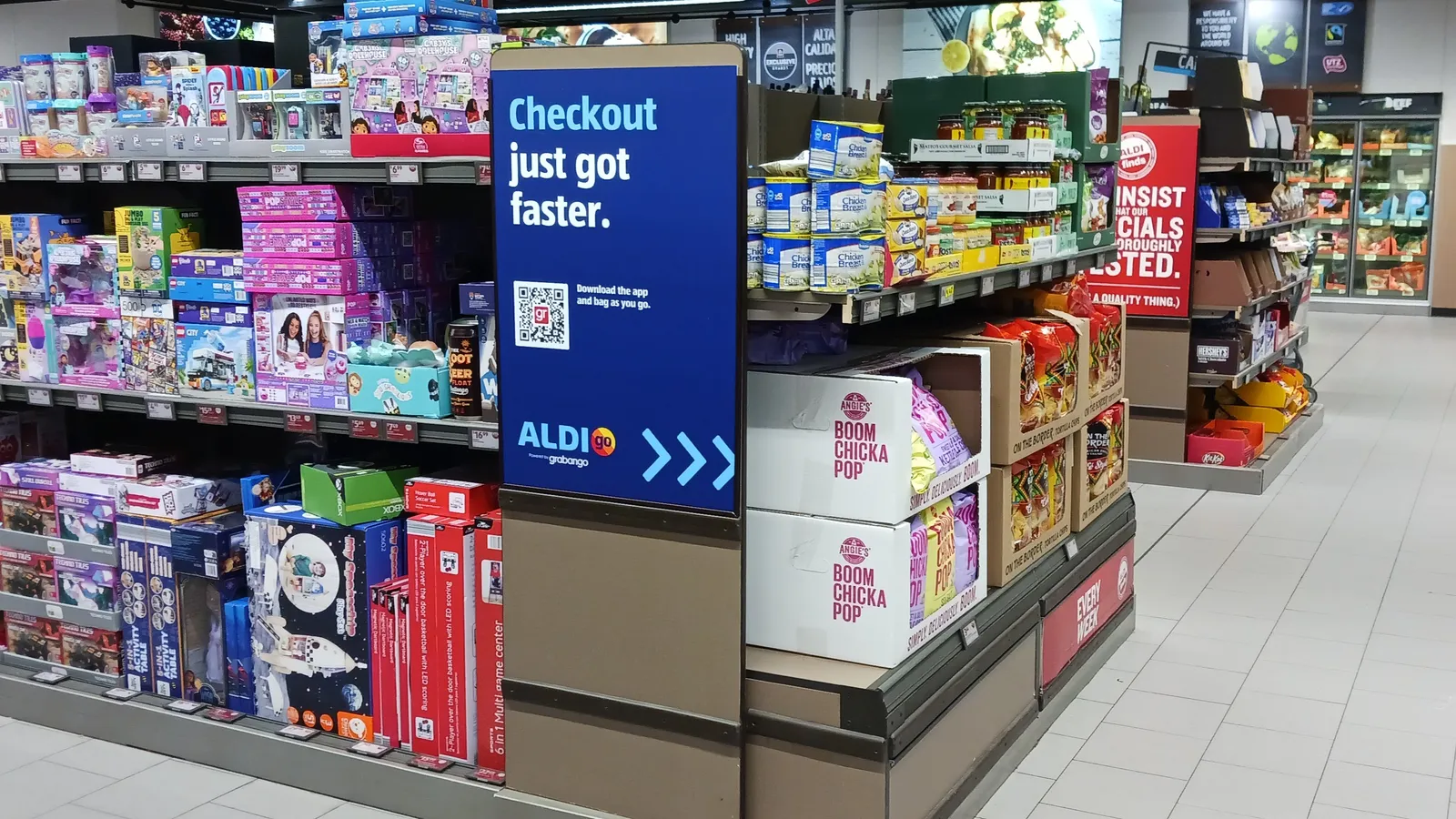
But for all their catchy messaging and pops of color, the stores still seem to be missing the warmth and personality that top grocers like Trader Joe’s, Publix and H-E-B radiate. Maybe it’s the scant number of employees in the store at any given time, or the need to bag your own groceries, or the quarter-for-a-shopping-cart deposit system that seems increasingly outdated at a time when fewer and fewer people carry around loose change.
All of these features help Aldi keep prices low, and the chain does a good job of communicating these tradeoffs to consumers. But will shoppers still willingly make those tradeoffs in the future when they aren’t feeling as strong a financial pinch as many of them are feeling now?
I don’t claim to know the answer, but this is something I wonder. And it’s not just Aldi. Walmart, Grocery Outlet, Lidl, Save A Lot and dollar store operators are all updating their stores so shoppers won’t feel like they have to give up a welcoming shopping experience to get great prices.
Whether or not Aldi and other discount grocers can deliver on this promise over the long haul — and how supermarket competitors like Winn-Dixie, Kroger and Albertsons respond — will be one of the industry’s most important narratives in the years to come.



